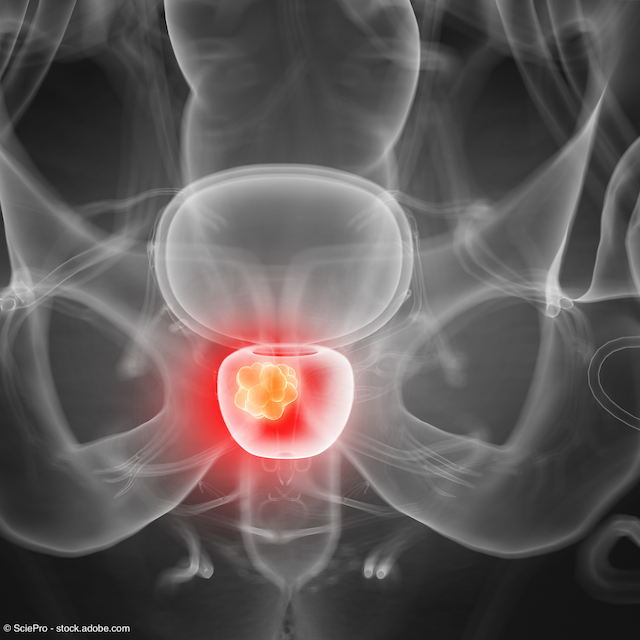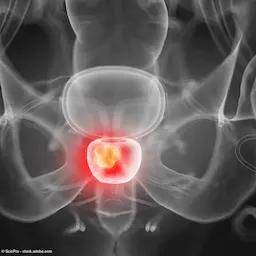Opinion
Video
Unfold AI shows efficacy for predicting ECE risk in prostate cancer
Author(s):
"We found that the performance of Unfold AI was actually an AUC of .89," says Shyam Natarajan, PhD.
In this video, Shyam Natarajan, PhD, describes the background and notable findings from the BJUI Compass study, “Extracapsular extension risk assessment using an artificial intelligence prostate cancer mapping algorithm.” Natarajan is the founder and CEO of Avenda Health.
Transcription:
Please describe the background for this study.
The motivation for this research was that today, in determining prostate cancer that goes beyond the prostate, specifically, extracapsular, extraprostatic disease, is typically identified prior to surgery with MRI. And there are some other novel imaging technologies that could potentially be used to identify ECE, as well as a number of nomograms and risk calculators that have been out there. And so with the AI technology that we had developed Unfold AI, it reveals a clinically significant disease extent within the prostate. There was a hypothesis of, could this be used to calculate risk or understand how disease actually spreads beyond the prostate compared with MRI, and so we performed a retrospective study on, ultimately, 147 patients after patients were screened out, to compare how Unfold AI could predict performance the presence of extracapsular disease vs MRI and some of these other risk calculators and advanced imaging like PSMA PET.
What were some of the notable findings?
We actually found something very exciting with this study. First of all, the performance of MRI is quite good at detecting extracapsular disease. However, we know that MRI, just imaging alone has limitations in finding disease that typically is invisible surrounding the central focus of the lesion. And so the finding here was that not only was Unfold AI superior in terms of the area under the curve or a measure of sensitivity-specificity compared with MRI, it was also superior to all of these other nomograms and risk calculators and advanced imaging tests, albeit with a smaller sample size. But the most exciting finding was that when we looked at prediction of extracapsular disease on a quadrant-by-quadrant basis, understanding that most of the most prostate cancers happen in the peripheral zone. And so we wanted to look at the performance of the peripheral zone vs the anterior prostate. We found that the performance of Unfold AI was actually an AUC of .89. This is one of the highest detection performance criterion that we've seen in the literature. But it was also superior to MRI, notably finding basically reducing false negatives over MRI by half.
This transcript was edited for clarity.
Newsletter
Stay current with the latest urology news and practice-changing insights — sign up now for the essential updates every urologist needs.
















